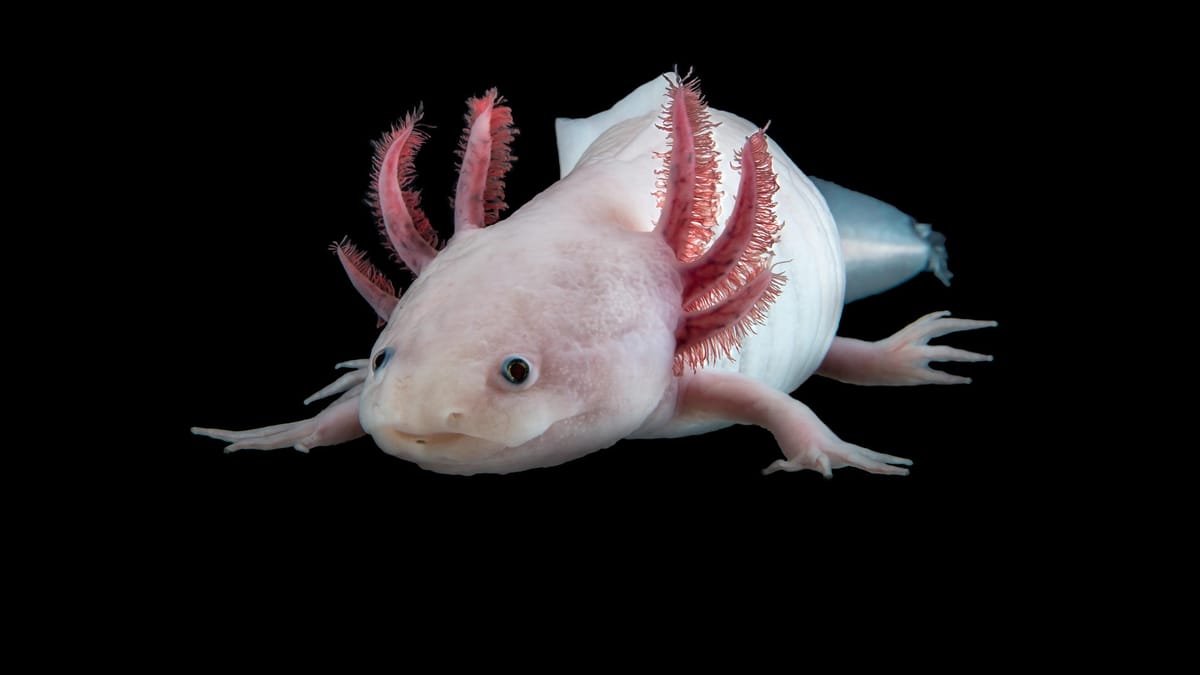
Axolotl spend their whole life as a larvae, but how old do you get? We clarify.
Axolotl are part of the wing family and only live in the wild in a few lakes. They are usually kept in aquariums in captivity. The freshwater creatures have a special feature compared to other members of the Lurch family – they do not experience any metamorphosis. How old an Axolotl becomes depends heavily on his living conditions. Read what matters here.
Axolotl’s life expectancy is an average of ten years in the wild. Raids are among his natural predators, the animals cannot flee quickly enough.
The Axolotl is one of the night hunters, so it can at least partially miss the dangers in standing waters. During the day the animals live in niches or behind stones, their predators go on the way. At night, if you hunt for food, there are only a few predatory fish left.
The number of freely living Axolotl has decreased significantly in recent decades. There are now more captivation than in natural habitats.
With an optimal home posture, you extend your Axolotl’s life and can enjoy the cute animals for many years. With good attitude, Axolotl in the aquarium reaches an average age of ten to 15 years.
There are even individual copies that have survived for 25 years. However, these are exceptions, some animals die at the age of eight.
A great special feature of the Axolotl is that it can reproduce its limbs. If the animal loses one of its arms, this inclusive nerve and muscle fibers grow again. This is one of the reasons why the species is of great importance for science.
In captivity, poor water quality is one of the main reasons for an early death of the animals. A filter is mandatory when you keep your home to optimize the quality of life of the Axolotl. If ammonia is approaching, it almost certainly leads to death. The pollutant affects the inner organs of the animals and thus leads to a quick death.
Also too high or low water temperatures influence the lifespan. The ideal temperatures are between 16 and 18 degrees, fluctuations can only endure the animals for a short time.
Malnutrition, genetics and diseases such as the Axolotlpest are other factors why the animals can die before reaching their natural age. In the wild, on the other hand, predators are the greatest danger.





